This is a knot that not just sailors should know. The Bowline knot is invaluable for all kinds of tasks where you need a strong knot that’s still easy to untie when you’re done. Great for construction, sailing, survival situations and more. This video shows how to tie the knot, and a little trick to remembering the first steps that often confuse people.


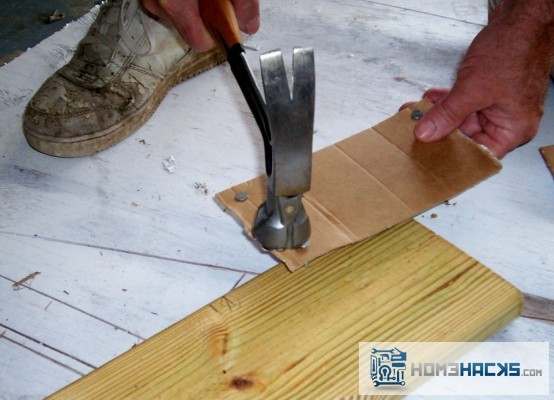
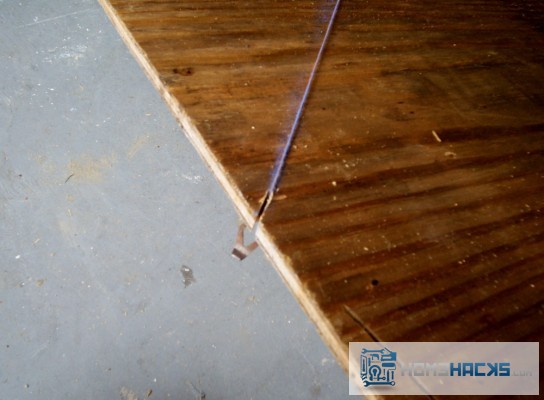
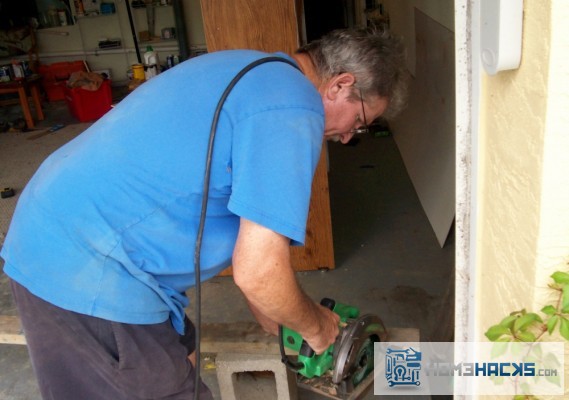
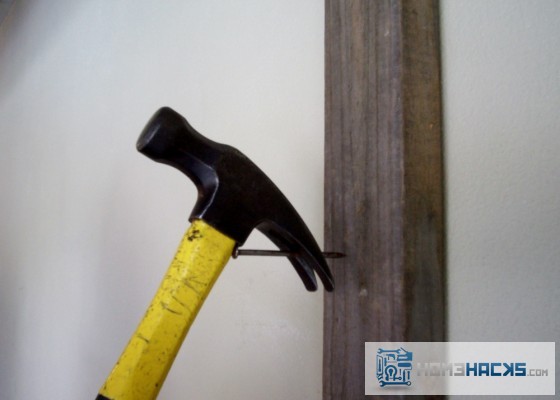
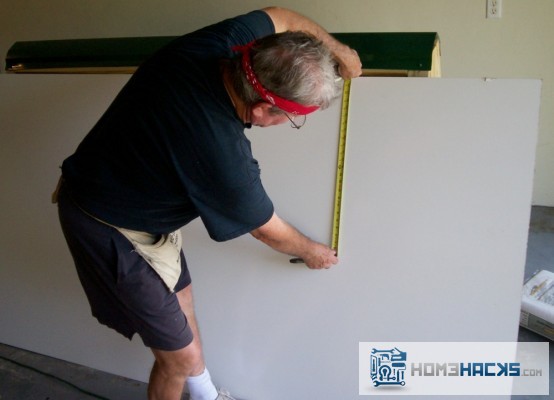
Recent Comments